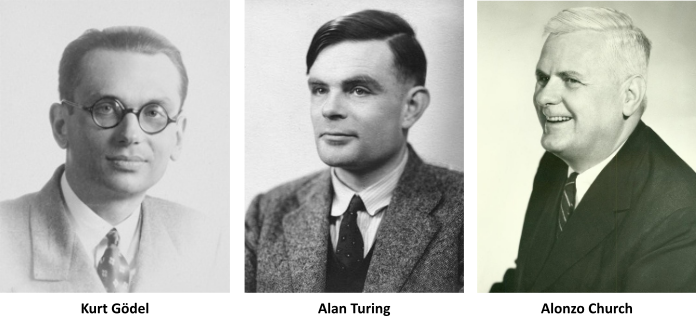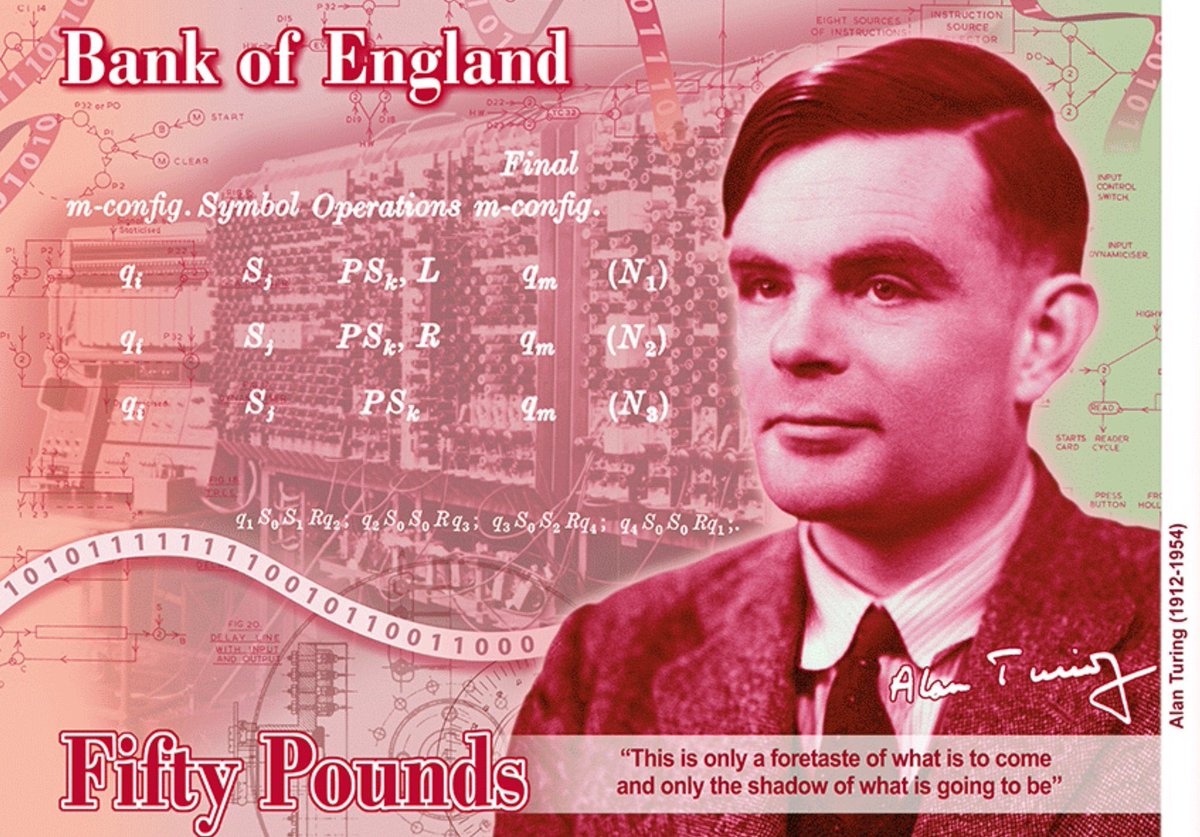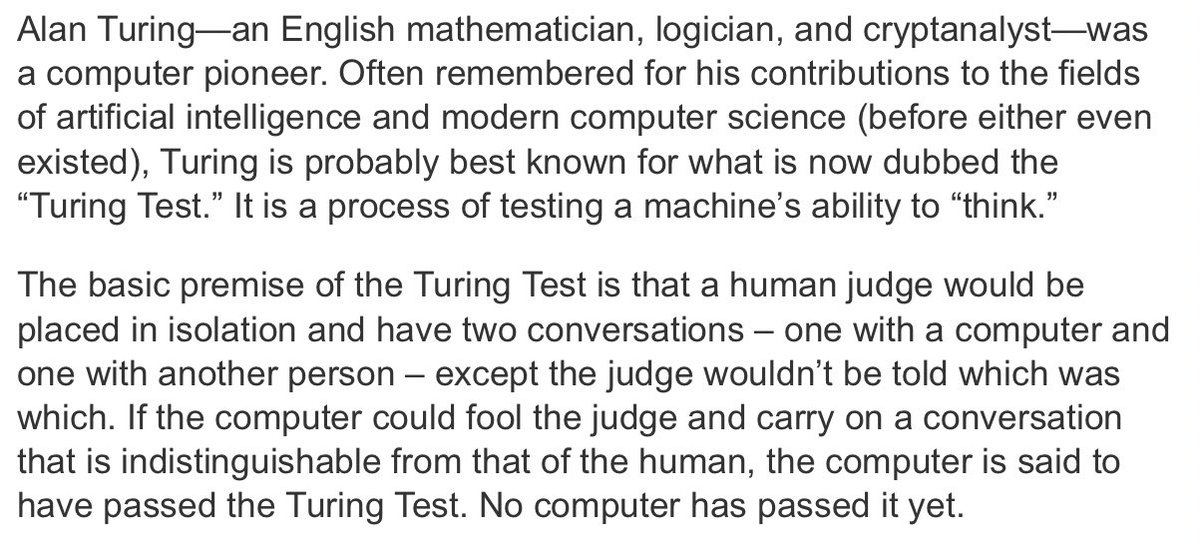
What is his motivation? The Entscheidungsproblem. No worries I also don't know how to pronounce that.
- Prove that there is no infinity between the natural numbers and the real numbers (Hilbert's 1st problem)
- Find an effective procedure that decides if a formula is true or false (Hilbert's 10th problem)

And now comes the third one in my list, the decision problem!
And thus a young Austrian came and dropped the bomb...
1) There exist a mathematical statement that can not be proved, nor disproved. Its truthfulness is unachievable to us.
2) A theory that contains the natural numbers and is consistent can not prove its own consistency.











